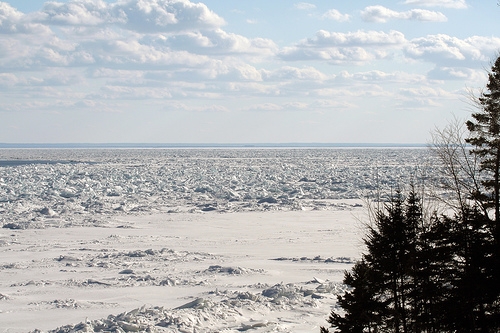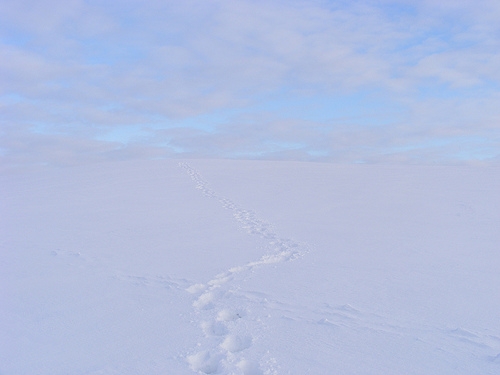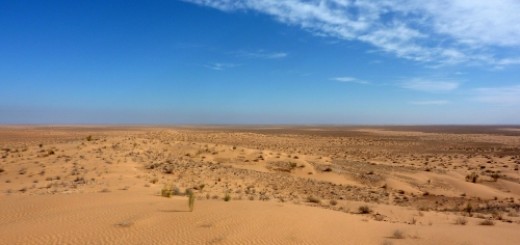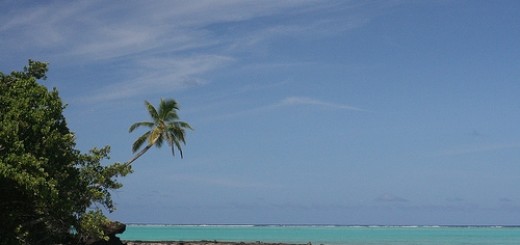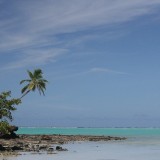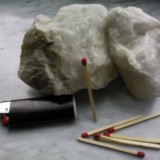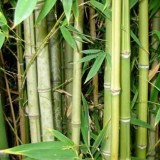THE DESERT – PREFACE
THE DESERT – PREFACE
How to survive in the desert: Link.
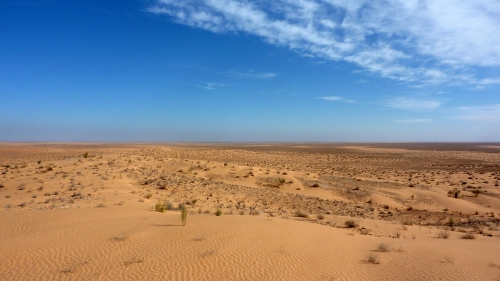
A desert is an area of the Earth’s surface almost or completely uninhabited, where the land is mostly arid and the vegetation is scarce.
There are three main types of desert:
- Hot desert (can be rocky, gravelly or sandy), the climate of this environment is arid.
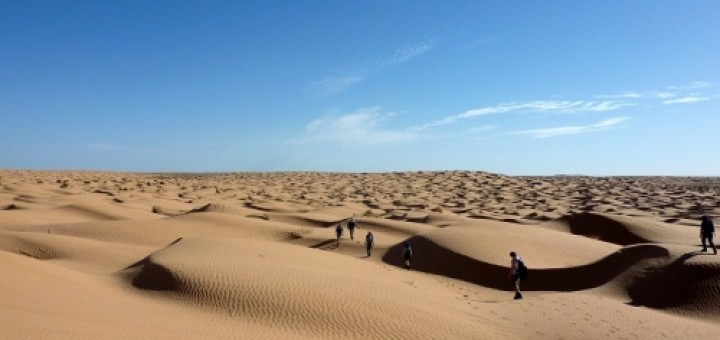
- Cold desert or temperate, present in continental regions, is characterized by dryness and considerable temperature excursions annually with hot summers and cold winters; the weather is cold desert.
- Polar desert (or white desert), present in the regions near the poles as Greenland, the Arctic and Antarctica, is characterized by intense cold and perennial expanses of snow and ice; the climate is glacial.
The world’s largest deserts (hots and colds):
(in order of size)
- Antarctica,
- Sahara (maximum temperature: 55 ° C),
- Arabian Desert,
- Gobi (maximum temperature: 45 ° C),
- Kalahari (maximum temperature: 46 ° C),
- Great Victoria Desert,
- Patagonian Desert,
- Syrian Desert,
- Great Basin Desert,
- Chihuahuan Desert,
- Great Sandy Desert,
- Karakum,
- Colorado Plateau,
- Sonoran Desert,
- Kyzyl Kum,
- Simpson Desert or Arunta,
- Taklamakan (maximum temperature: 39 ° C),
- Thar Desert,
- Gibson Desert,
- Dashti Margo,
- Simpson Desert,
- Atacama (maximum temperature: 19 ° C),
- Mojave Desert,
- Namib Desert (maximum temperature: 31 ° C),
- Dasht-e Kavir,
- Dasht-e Lut.
